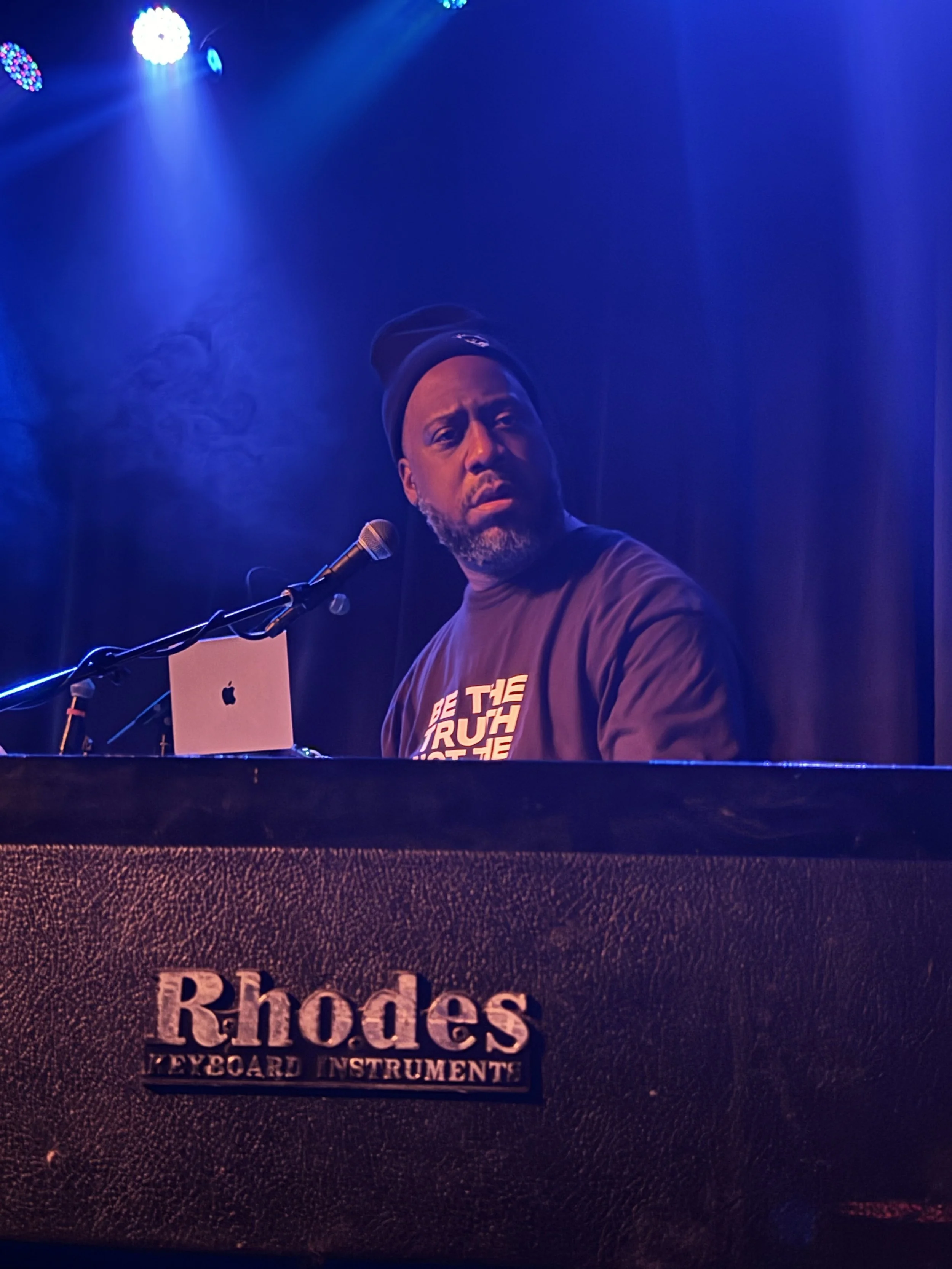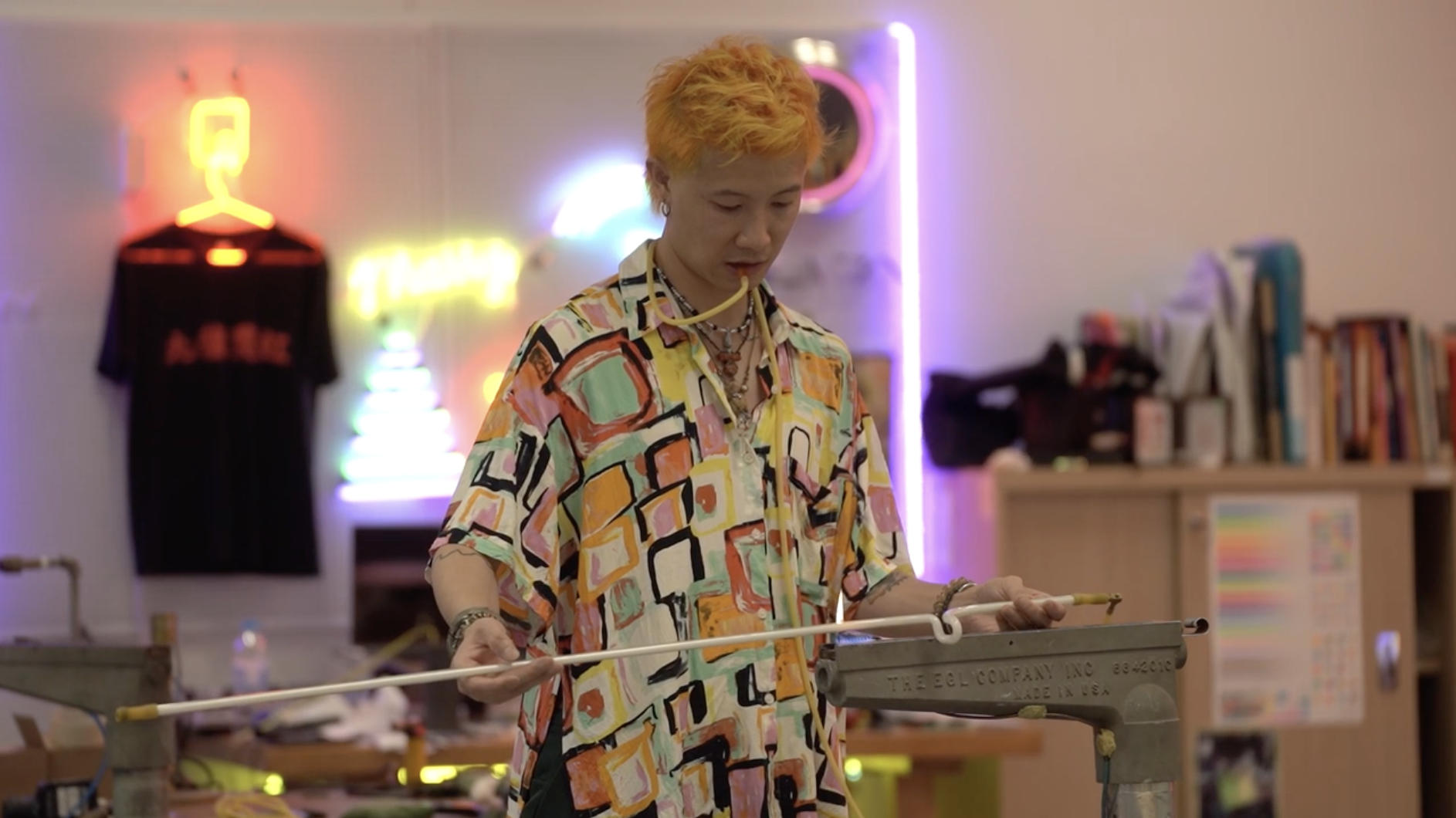Robert Glasper’s Abstract R&B; Bryan Washington’s short stories; and dispatches from the cities of the 21st century.
Week #9 of I’m All Lost in…, a round up of what I’m obsessing over this week.
1) Jazz pianist Robert Glasper —or more specifically, hard bop jazz pianist Robert Glasper—has cracked the code when it comes to the musical quest of our times: creating an unburdened mix of jazz, hip hop, neo-soul, and funk. Stealing a term I think music critic Will Hermes coined in his 2011 Little Dragon review, I call this perfect musical fantasia “Abstract R&B.” And Glasper, whose style is as insouciant as it is well-read, is the King of Abstract R&B.
I saw him perform two live sets Tuesday night at Nectar Lounge, a small club in Seattle’s Fremont neighborhood, a white neighborhood with a hippie history. Both shows were sold out—a good look for Seattle; and even better, it was a notably diverse crowd. There were plenty of white know-it-alls like me in the audience, but also plenty of African American music heads, women in particular, who, I must say, were dressed for the occasion.
Glasper’s flawless set spotlighted his own Thelonious Monk-infused assortment of beat-driven jazz chord piano clusters, while his accomplished and chilled backing band—a loop smart hip hop computer DJ, a Spyro Gyra electric bassist, a falsetto soul vocalist, and sturdy, in-the-pocket drums—messed with, among other source material, Outkast, Tears for Fears, and hand-made-for-Seattle Nirvana samples along the way, working up casual music theory jams drenched in dub echo and sci-fi white noise.
Tellingly, you could hear a pin drop—in this concrete rock club of all places—as Glasper played a patient solo early in the set during the quartet’s stripped down vamp of his own tune “Black Superhero.” His expert solo called the audience’s attention to detail with an on-the-fly piano sample of Monk’s 1958 “Let’s Cool One,” foreshadowing the grooves to come, which included Glasper’s bluesy yet outre piano motifs versus the drummer’s call-and-response beats as well as a spacey and minimalist version of FM Doom’s “Meat Grinder” rap.
Showstopper after showstopper ensued, crecendo-ing with a jaw-droppig Jaco Pastorious-style fusion bass solo.
As talented as Glasper is, he creates capacious settings for his top-tier band mates to shine and for his adoring audience to linger in the weightless vibes.
2) I’m only halfway through Bryan Washington’s 2019 Lambda award winner, Lot, a collection of intertwined short stories about a family struggling to keep the restaurant on the ground floor of their apartment open for business, and I’m already convinced these poignant coming-of-age dispatches from Houston’s immigrant, African American, and Latino neighborhoods, are going to stick.
Washington’s micro asides—”I tore a can from the plastic,” “we were always out of everything on the menu”—work as slow motion metaphors for families in the throes of disintegration and redefinition alike.
Jive Lau, one of only a few neon masters still working, says he knows neon is dying in Hong Kong, but he wants to keep it alive somehow. Anthony Kwan for The New York Times
3) Speaking of dispatches, I’m loving the recent run of New York Time’s reports from cities worldwide—including from Hong Kong, Pittsburgh, London, and Singapore among others—deep in data, but also rich in storytelling that are distilling the state of city life today.
Be it the poignant poetics of Hong Kong’s transition away from its neon nightlife heyday to an analysis of how model city planning policies like bus rapid transit or congestion pricing are working, the iterative journalism that’s setting out to define 21st century cities is enthralling as we move further and further away from the bygone cities of the previous century.
And though it wasn’t necessarily about city life, the NYT’s adjacent investigation into the dramatic increase in the number of drivers hitting and killing pedestrians on American streets (as opposed to European and Canadian streets) offered a related assessment of our disorienting contemporary landscape.







